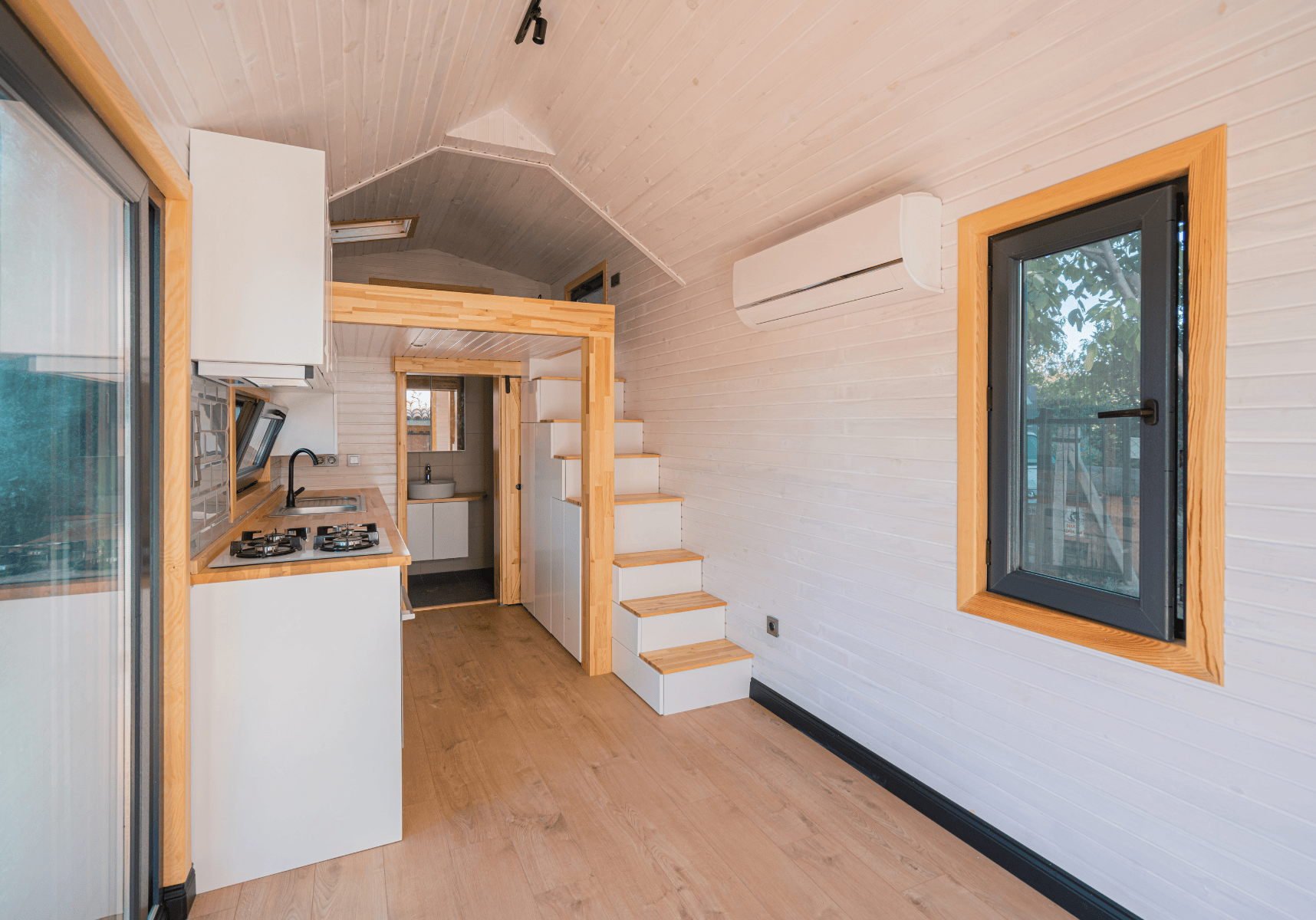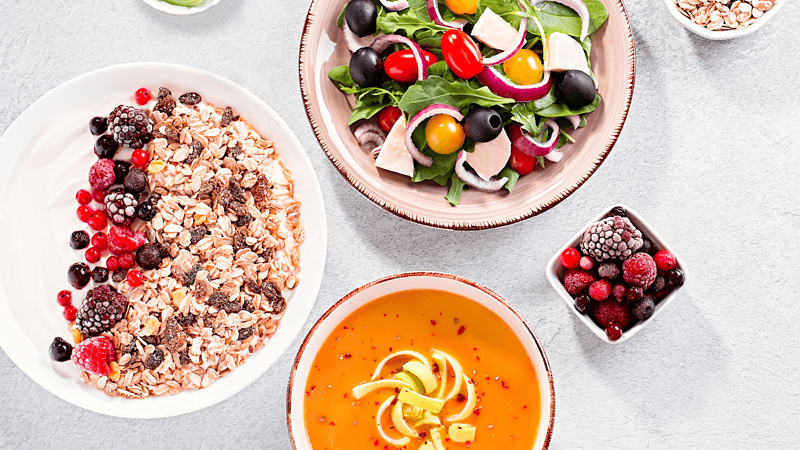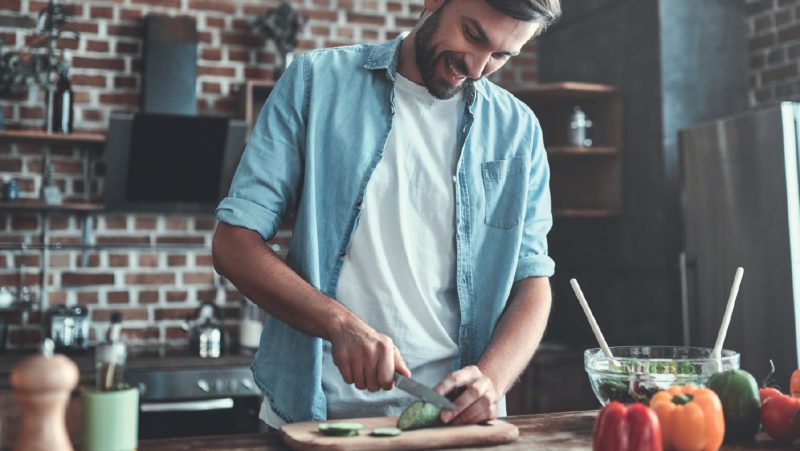
8 Tips for Cooking in a Tiny Home Kitchen
How to Cook Delicious and Nutritious Meals in Tiny Homes- By Beth Rush
Reading time: 5 minutes
Moving to a tiny home is an adjustment for most. How do you cook nutritious, enticing meals in a small kitchen?
1. Plan Ahead
While the latest models have factored sustainability, innovative technology and cost-effectiveness into the designs, there will always be less space than you're used to. As the saying goes, when there's a will, there's a way. These eight tips will help you navigate your new cook time routine.
Like most tiny house owners, sustainability likely influenced your decision to join the movement. However, adopting a greener lifestyle in a tiny home means living with less and making smarter buying decisions — even concerning food.
You won't have much room to store numerous ingredients in a tiny house kitchen. Americans waste 31.9% of food purchased annually anyway.
It’s essential to plan your meals ahead of time and buy ingredients as necessary. This way, everything will stay fresh and you won't have to find extra space to store items.
2. Collect One-Pot Recipes
Whether making a chicken bake or casserole, one-pot recipes are usually quick and easy, with less mess to clean. For example, it takes only five minutes for mussels to open while steaming in a butter-wine sauce.
Add your favorite cooked pasta into the concoction and stir for a delicious meal to feed the whole family. Then, store your leftovers for dinner the following day.
3. Cook Less Often With Bulk Meals
This tip may only be suitable if you have a decent-size refrigerator and freezer in your tiny kitchen. Use your ingredients immediately by making several meals at once. You'll spend less time cooking throughout the week with simple meals you can heat up when hungry.
Innovative induction stovetops transfer heat energy three times more efficiently than gas ranges and are 10% more efficient than electric models. They also reduce emissions from cooking.
Of course, if you cook in bulk, store your food in moisture-reducing containers to reduce bacterial growth and mold. Also, remember to label your pre-cooked meals with the date before storing them.
4. Clean As You Cook
Making a mess in an average-sized kitchen isn't always as big a deal — you have more room to pile dishes and utensils until you're done preparing food. However, you must be mindful of counter space in a tiny home kitchen.
Your best option is to clean up after yourself as you cook. Putting utensils and dishes away when you're finished using them, and wiping counters regularly will give you more room to work and prevent cross-contamination.
5. Purchase Smaller Appliances
Consider the types of food you enjoy cooking. Is there a small appliance to help you create several of your favorite dishes? For instance, an InstaPot or air fryer is a space saver if you use them regularly.
An air fryer, in particular, allows you to roast, bake and grill food without using additional cookware or equipment. Likewise, these small appliances save energy and use less heat, delivering delicious meals without a regular oven's energy consumption or emissions.
6. Organize for Function
Ask anyone how to cook well in a tiny kitchen and they'll encourage a functional layout. Be intentional with where you store cookware and dinnerware.
You may not have to travel far to reach things in your tiny house kitchen, but you still want the essential pots, pans and utensils within reach. Always consider function when designing your ideal tiny home layout. You're dealing with limited space as is.
7. Add Creative Storage
Store items vertically with open shelves in your tiny home kitchen when possible. Adding an over-the-sink cutting board, adjustable drawer dividers, and pull-out garbage and recycling bins help keep you organized. Additionally, you can easily access your favorite spices, oats and cereals with magnetized storage on the side of your refrigerator, such as caddies or mason jars.
8. Invest in a Cast-Iron Grill Pan
Depending on what you're barbecuing and the type of grill you use, this American pastime can be a critical emitter. Studies show fine particulate matter (PM2.5) accounts for 99% of charcoal grill emissions when preparing salmon and other seafood. Meanwhile, PM2.5 makes up 97% of grill emissions when cooking other meats.
Enjoy your favorite charcoal flavor with a cast-iron grill pan instead. It prepares food on your induction range, cooking your meats as you would on the grill. You can even achieve perfectly seared griddle marks on your chicken, burgers and hot dogs.
How Do You Cook Well in a Small Kitchen?
Tiny house owners will adjust to cooking in a small kitchen quickly. Once you get into a routine, you'll see it’s no different than preparing food in an average-sized kitchen. Save space, energy and time by following these cooking tips for tiny home living.







